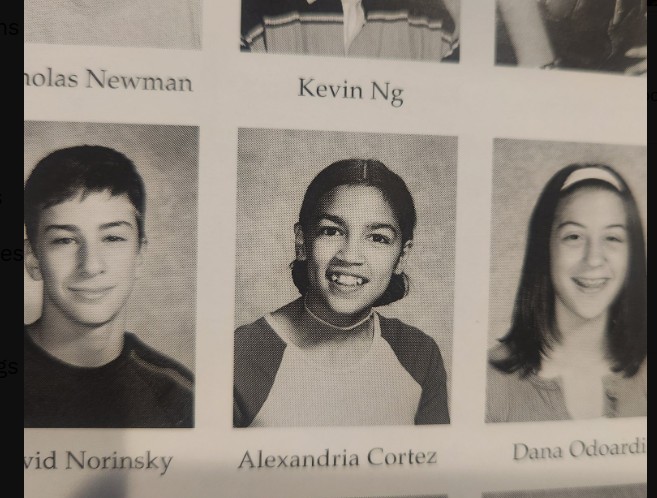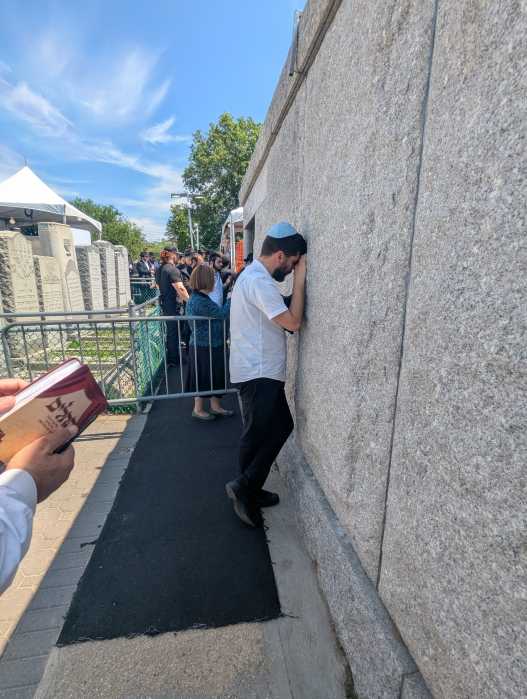
BY TEQUILA MINSKY | Houston, do you copy?”
You’re in the space command center, practically expecting to hear something along these lines. But, where are you?
You’re on Henry and Montgomery Sts. on the Lower East Side, and once you’ve walked through the doors at the end of the ground-floor corridor of the Corlears Complex of three middle schools, you’ve entered another world. You’re in the NYC Center for Space Science Education, which has a mission control center, an “airlock” and a facsimile spacecraft.
High school-certified earth science educators staff the program of the Challenger Learning Center, but more on that later.
On Fri., April 17, middle school students at 220 Henry St. filled their auditorium to hear special guest Captain Chris Cassidy, a NASA deputy chief astronaut. Cassidy participated in two space missions: the first, in 2009, on the space shuttle Endeavor, followed in 2013 by a longer five-and-half month mission on the International Space Station.
Cassidy gave the students the quick version of how he became an astronaut: He grew up in Maine, joined the Navy, became a Navy Seal and was asked to apply to the astronaut-training program.
“Half the current astronauts are from the military,” he said, adding that the others are educators, doctors and scientists, pilots and nonpilots alike.
Cassidy showed a video of his participation in the two missions, with fascinating images of floating weightless, doing physical exercises and rehydrating dried foods.
“Sixty percent of our time, we were doing experiments,” he noted during the video.

On the International Space Station, 25 percent of the time was devoted to maintenance and repair. During free time, they would enjoy gazing back at the Earth.
“We love to be in the window, like a tank turret, watching the oceans, bodies of water, rivers on Earth. We were traveling five miles a second,” he said. (That’s equal to more than 17,000 miles per hour.)
After his presentation, Cassidy generously answered questions, the first bunch prepared by the students.
How about problems in space? he was asked. There was a serious malfunction on a colleague’s spacesuit during a space walk, he recalled, but it worked out.
Did you get sick? When you first arrive, he said, there is a time of acclimation.
What do you do when you get bored? You don’t get bored, Cassidy said.
How did your parents feel? Excited when he first joined NASA, then a little emotional as the time to blast off into space drew near.
How do you contact your family? Call on the phone, videoconference once a week.
How about going to the bathroom? You have to aim into a bag.
They asked about relations with the Russians.
“They have a space program and we cooperate,” the astronaut explained, admitting that sometimes things can get sensitive.

He also told The Villager that part of his work, as an astronaut, is to participate in education programs like this one. Usually, private organizations, such as, in this case, Positively Speaking, pay the expenses for the outreach programs.
After the presentation, Cassidy toured the L.E.S. space education center.
During the school year, the center is open for student field trips. It also has an after-school program and summer camp sessions.
When classes visit on a field trip, they meet the “mission commander” and are given an overview of their objective and assignments. The class divides. Some are located in mission control; the others pass through an airlock into the spacecraft.
At the nine-year-old NYC Center for Space Science Education, students can take simulated missions into space or learn how airplanes fly in the NASA education lab. Classes come for one two-hour program, or a full-day, combining two programs.
The lab is equipped with flight simulators, a wind tunnel, model airplanes and specialized software. Curriculum studies include variables in aeronautics, forces and motion, and the effects or weather. Yes, we’re talking physics here.
The space mission program for grades four through high school focuses on comets; for grades seven through high school, a Mars mission is included.
High school teachers know how hard it can be sometimes to get students enthused, but the center’s programs break through that apathy.
“We take kids to space,” said Zohar Ris, the center’s instructor. “That’s the joy of doing this. They’re in another world.”
He remembers hearing one high school student saying as he left, “This is the best field trip ever.”




































